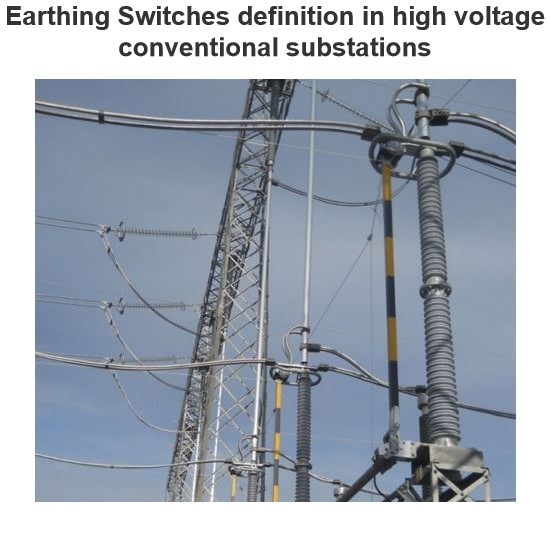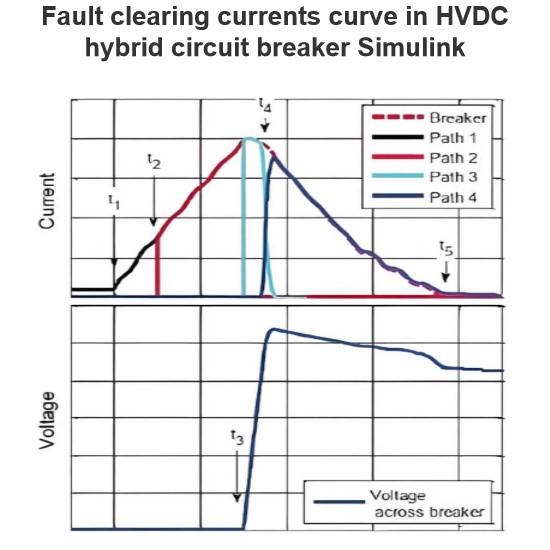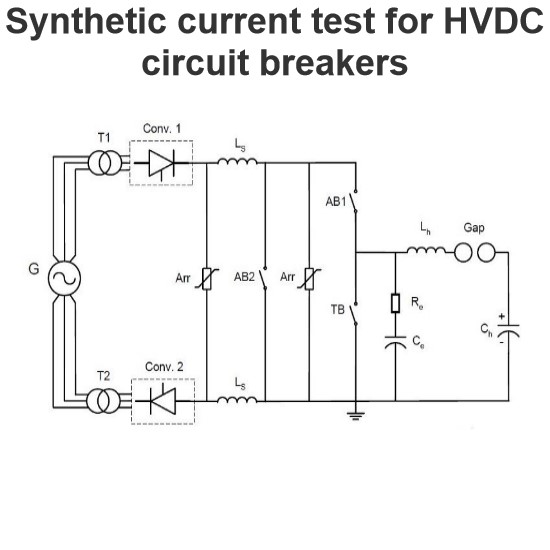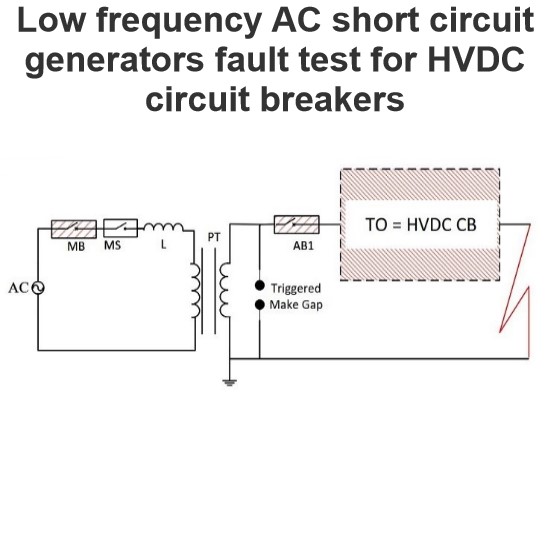HVDC valve hall earthing switches
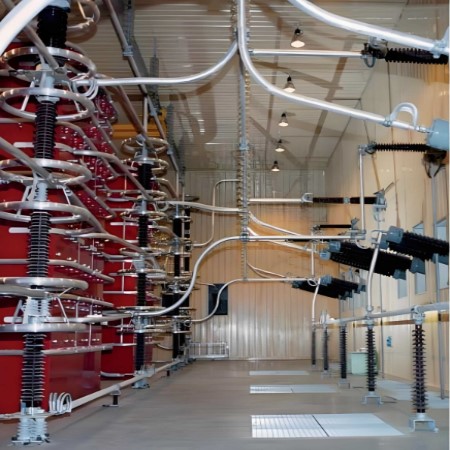
Valve Hall Overview
The valve hall is a specialized building housing the valves of a High-Voltage Direct Current (HVDC) static inverter. These valves are typically composed of thyristors, and in older plants, they may consist of mercury-arc rectifiers. The valve hall is a crucial component of the HVDC system, ensuring its safe and efficient operation.
Grounding System
The grounding of valve hall components is ensured by highly customized grounding switches. For this purpose, two different types of grounding switches are used:
- Wall-Mounted Grounding Switches: Installed on walls, suitable for space-restricted environments.
- Floor-Mounted Half-Pantograph Grounding Switches: Installed on the ground, suitable for situations requiring more operational space.
Maintenance Requirements
During maintenance, it is essential to insert grounding switches at key installation points. Since the space between transformers and rectifiers must be minimized, grounding switches must fit into limited spaces and adapt to the actual layout. Grounding switches are the most effective solution for grounding transformer AC bushings, DC busbars of both poles, or any required points in AC or DC circuits.
Functionality of Grounding Switches
Depending on their function, grounding switches can be equipped with supporting insulators. If disconnect functionality is required, the same design principles will provide equally effective solutions, especially when switching DC filters, which necessitate connecting and disconnecting residual currents.
Summary
Grounding switches play a critical role in the maintenance and safe operation of HVDC systems. They not only ensure proper grounding but also provide flexible disconnect capabilities to meet different operational needs. By being properly designed and installed, grounding switches can effectively protect the system from potential electrical risks, ensuring its reliability and safety.
